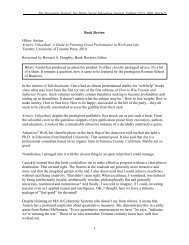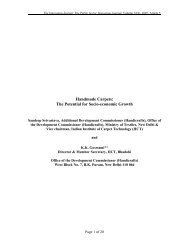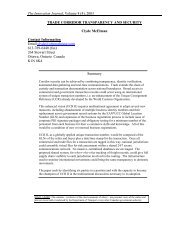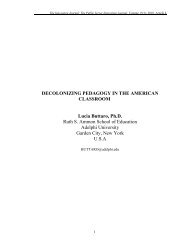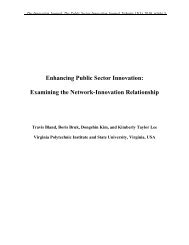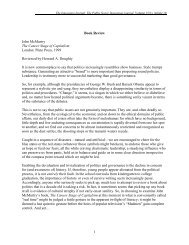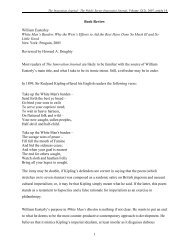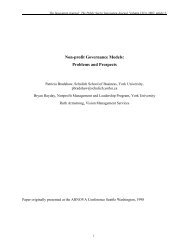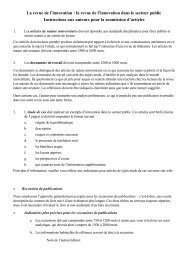The Followership Continuum - The Innovation Journal
The Followership Continuum - The Innovation Journal
The Followership Continuum - The Innovation Journal
You also want an ePaper? Increase the reach of your titles
YUMPU automatically turns print PDFs into web optimized ePapers that Google loves.
Figure 2<br />
<strong>Followership</strong> <strong>Continuum</strong>©<br />
Conventional Performance Trend<br />
Employee Committed Engaged Effective Exemplary<br />
Follower Follower Follower Follower<br />
Stage 1 Stage 2 Stage 3 Stage 4 Stage 5<br />
<strong>The</strong> <strong>Followership</strong> <strong>Continuum</strong> is intended for use as one component of a more comprehensive<br />
organizational assessment process. <strong>The</strong> results from this model provide data for comparing<br />
workforce output efforts with other measures of performance outcomes, such as return on<br />
investment, occupancy rates, diplomas or degrees awarded, or other outcome measures specific<br />
to the organization under review. As a tool to facilitate desired performance, the <strong>Followership</strong><br />
<strong>Continuum</strong> uses a cyclical process of periodic diagnosis--intervention--implementation--<br />
diagnosis. Using this cyclical approach generates a strategy for keeping the workforce “well<br />
tuned”. Using the <strong>Followership</strong> <strong>Continuum</strong> to improve productivity can be compared to<br />
maintaining any endeavor, like taking care of a car and keeping the car well tuned.<br />
Cars run with engines, whether they use a V4, V6, or V8 model. But when road conditions are<br />
constantly changing, sometimes steep and hilly, and sometimes curvy and bumpy, the stronger<br />
engine makes a difference. For a car, the stronger the engine the better the performance in rough<br />
conditions. For governments or other organizations, the stronger the followership, the better the<br />
performance when faced with challenging and changing conditions. In such cases, quality and<br />
peak performance creates the difference in outcomes. Would a world-class driver consider<br />
entering the Indianapolis 500 with a poorly maintained vehicle? Organizations become worldclass<br />
by doing no less than maintaining the highest quality workforce.<br />
An individual’s followership stage is not developed and then thereafter remains static. Instead, as<br />
situations and conditions change an individual’s followership stage can change. <strong>The</strong> changing<br />
situations demand consistent attention to actualizing and developing the exemplary followers for<br />
organizational productivity.<br />
8




